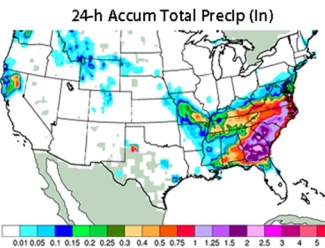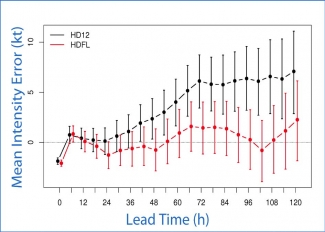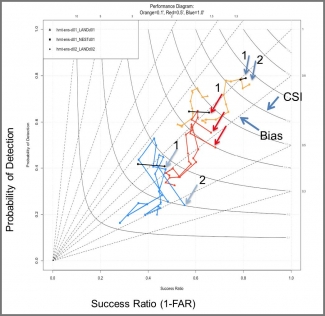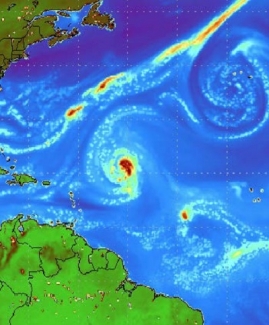The DTC provides a common framework for researchers to demonstrate the merits of new developments through the Mesoscale Model Evaluation Testbed (MMET).
Established in the Fall of 2012, MMET provides initialization and observation data sets for several case studies and week-long extended periods that can be used by the entire numerical weather prediction (NWP) community for testing and evaluation. The MMET data sets also include baseline results generated by the DTC for select operational configurations.
To date, MMET includes nine cases that are of interest for the National Centers for Environmental Prediction/ Environmental Modeling Center (NCEP/EMC). A brief description of each case, along with access to the full data sets is available at http:// www.dtcenter.org/eval/mmet. Researchers are encouraged to run several case studies spanning multiple weather regimes to illustrate the versatility of this new innovation for operational use.






